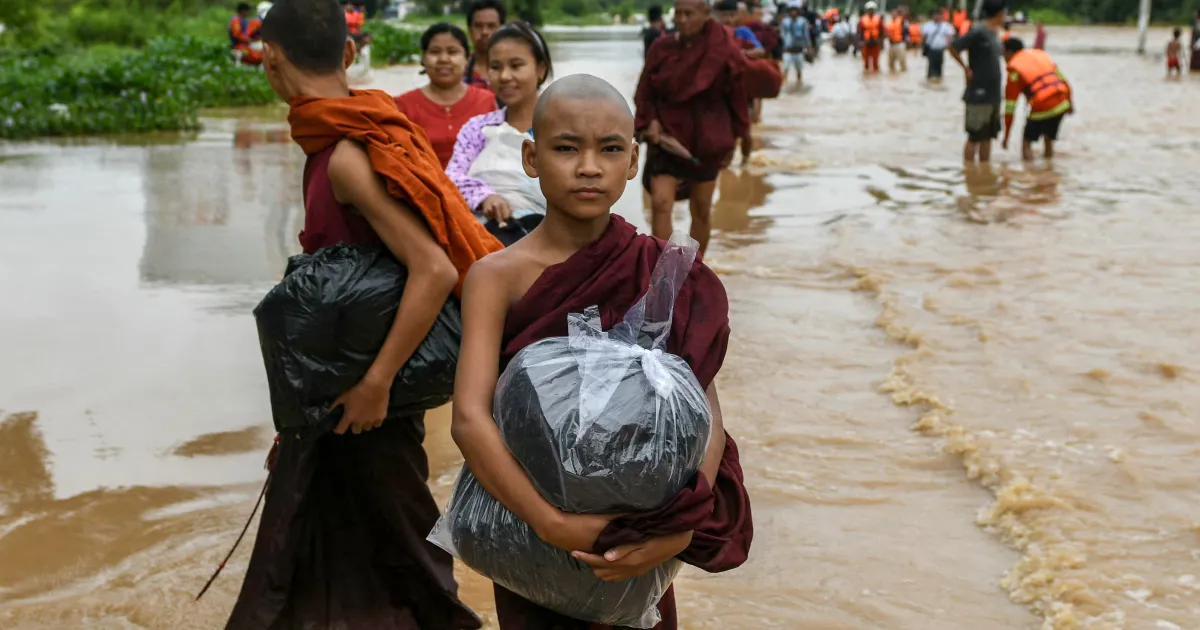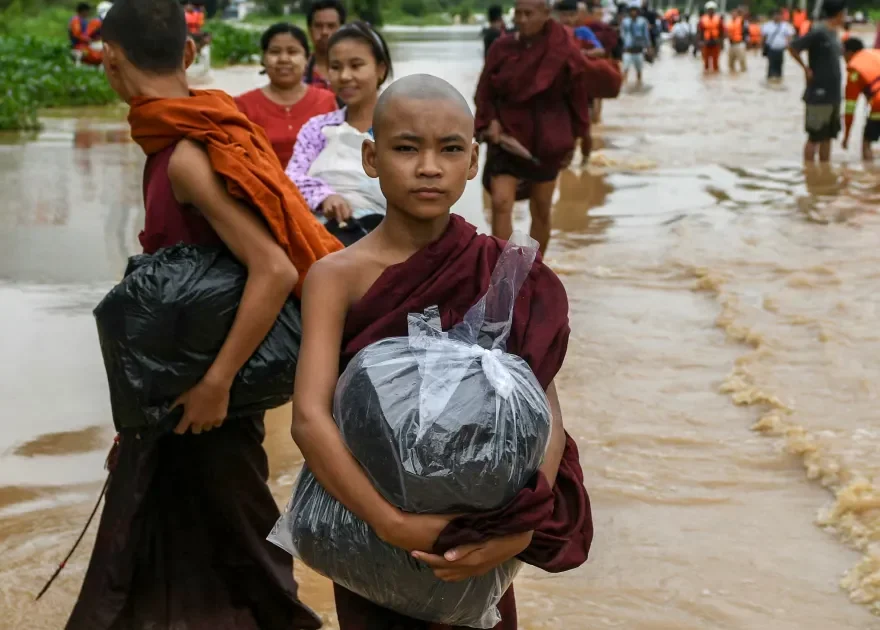
In the wake of Typhoon Yagi, which recently battered parts of Southeast Asia, millions of children are now facing dire circumstances that demand immediate attention. The storm has left widespread destruction in its path, disrupting lives and exacerbating existing vulnerabilities in the region.
The Aftermath of Typhoon Yagi
Typhoon Yagi made landfall with ferocious winds and heavy rainfall, impacting countries including the Philippines, Vietnam, and parts of Thailand. As the storm moved through the region, it caused significant damage to homes, schools, and infrastructure, leaving many families displaced. The United Nations reports that millions are now in urgent need of assistance, particularly children who are among the most affected.
Emergency responders are working tirelessly to assess the damage, but challenges such as blocked roads and ongoing weather conditions have hampered efforts. Initial reports indicate that thousands of homes have been destroyed or severely damaged, and many communities are without access to clean water, food, and medical supplies.
Children in Crisis
The impact of Typhoon Yagi on children cannot be overstated. With schools closed due to damage or safety concerns, millions of children are at risk of losing critical educational opportunities. The psychological toll on young people exposed to such traumatic events is significant, with many experiencing anxiety, fear, and uncertainty about their futures.
Humanitarian organizations have raised alarms about the urgent need for psychosocial support, food assistance, and safe shelter for affected children and their families. “Every hour counts,” said a representative from UNICEF. “Children are vulnerable during disasters, and we must act swiftly to provide them with the support they need to recover.”
A Call for International Support
In response to the crisis, humanitarian agencies are calling for increased international support to aid those affected by the typhoon. This includes funding for emergency relief efforts, supplies for displaced families, and resources to restore educational services.
The governments of the affected countries are also seeking assistance to help rebuild communities and infrastructure. As the region grapples with the immediate aftermath of the storm, the focus will shift towards recovery and long-term resilience against future disasters.
Conclusion
Typhoon Yagi has wrought havoc across Southeast Asia, leaving millions of children in urgent need of assistance. The situation highlights the vulnerabilities that exist in the region and the pressing requirement for a coordinated response from governments, international organizations, and humanitarian agencies. As recovery efforts continue, it is imperative that the needs of children remain at the forefront, ensuring they receive the support necessary to heal and rebuild their lives. The international community must rally together to address this humanitarian crisis, providing hope and stability to those most affected.

